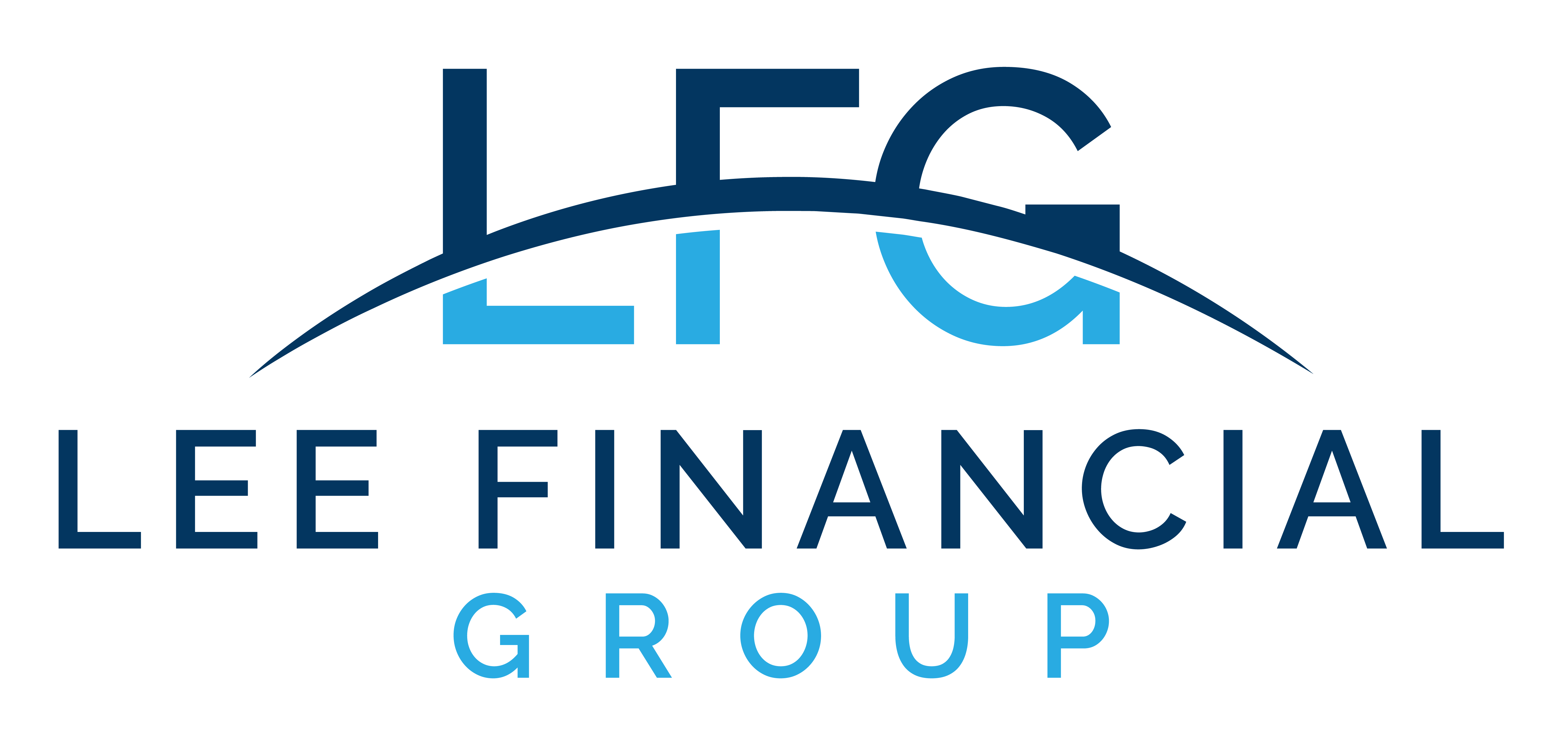When you think about building a financial plan that will help you meet your goals at every stage of your financial journey, from your younger working years through retirement, saving and investing are usually the first things that come to mind.
Starting early, saving as much as possible, and being thoughtful about how you allocate your portfolio to balance risk and return potential are the basics for most investors. As you begin to have more income, and your investments start to grow through the power of compounding, taxes begin to become more important.
But the traditional way of thinking about taxes is that they often take a backseat to investing.
There’s a good basis for an argument that taxes should always be considered along with investing. After all, they are both at the core of maximizing income. They are just different sides of the same coin. Investing can help you grow income, and tax planning can help you keep the growth you’ve achieved.
When it comes to retirement, tax planning is even more important, because you are no longer making an income. If you are going to have the retirement you want, you need to have tax planning working alongside your investing. Many investors already do this to some extent. They plan for tax loss harvesting when they rebalance their portfolio allocation. They may convert a 401(k) to a Roth to eliminate RMDs and have better control over taxable income in retirement. But often, it’s a piecemeal approach.
Taking a more comprehensive approach to tax planning that borrows from two key investing concepts can yield a better result. Thinking about your taxes in terms of tax allocation and tax diversification, and building that into your retirement plan can help your plan on track and minimize the impact of surprises.
Updating Some Retirement Tax Assumptions
It used to be commonly assumed that because you aren’t making a salary and are living on investments, taxes in retirement will be lower than in your working years.
If you’ve been diligently saving in a 401(k) or other tax-advantaged vehicle, that might not be the case. Depending on what you have saved, required minimum distributions may be high enough to create a larger tax burden. You also may have other taxable income, and up to 85% of social security is actually taxable. For many people, retirement tax brackets may not be all that much lower than when you were working.
Planning your retirement strategy so that you understand what your income is, and how much of it will be taxed, is critical since that tax burden directly impacts what you have to spend and how long your money will last.
Minimizing Tax Risk Through Diversification
Tax risk takes into account how much you are taxed in retirement. Looking at income through an investing lens, investors often focus on downside risk and how much market risk may impact the level of income in retirement. They also often look at growth projections to see if levels of growth experienced in the past are likely to be sustainable in the future, or if different investments are needed. It’s all about asset allocation, and building a diversified portfolio that can weather ups and downs and generate a given level of income.
From a tax perspective, it’s about how much of a bite will taxes take out of income, and how can you plan for that? Just like diversifying your investments to create an income stream, diversifying your tax situation can help even out your tax bite. This means ensuring you have investments with different tax treatments, that offer specific tax advantages.
These could be tax-free accounts, where contributions are made with after-tax dollars, and as long as certain conditions are met, no further taxes are due. Roth accounts are an example of this type of account. Taxable account contributions are also made with after-tax dollars, but the income generated by these accounts is generally taxable. Tax-deferred accounts are made with pre-tax dollars, and distributions are taxed as ordinary income.
Setting up a strategy that places the right assets and investment strategies in the right tax treatment can minimize tax risk and help ensure a sustainable level of income.
Tax Legislation Risk Requires Foresight and Planning
But there’s also the reality that over time, taxes may increase. Our aging population, unavoidable infrastructure spending, and increased spending on climate-related disasters are all increasing costs. Tax revenue is what fuels the mandatory spending of the federal government. Increasing taxes on the super-wealthy has become a political football, but for many people, it looks even more likely that taxes may increase on the middle class at some point.
This is a tax legislation risk. As the government looks to increase funding, there may be changes to different parts of the whole taxation picture. It could be thought of as the structure of taxation. This encompasses everything from existing tax cuts expiring, to tax loopholes being closed, to changes to individual income tax brackets. There may be changes to estate taxes and the way assets are valued.
This isn’t something that is dependent on any one party having control of the levers of government. It’s an ongoing reality, and it’s something that needs to be planned for in a solid retirement plan to ensure that pitfalls are avoided and that opportunities – which often have short timeframes for implementation – are taken advantage of.
Just like the overall return of your portfolio comprises the return of many different investments, the risk of taxes increasing comes from a lot of different impacts. Thinking about it the same way you do investment returns or market expectations can help clarify thinking. The changes to taxation over time will add up to a significant percentage of your income – before it ever gets into your wallet. Not planning for that is missing an opportunity.
The Bottom Line
Taxes, particularly in retirement, are a meaningful part of the risk that you should plan for. There are strategies you can undertake that can help you diversify your tax allocation and set you up to minimize taxes throughout your entire financial journey.






What a Weaker Dollar Means for Your Investments